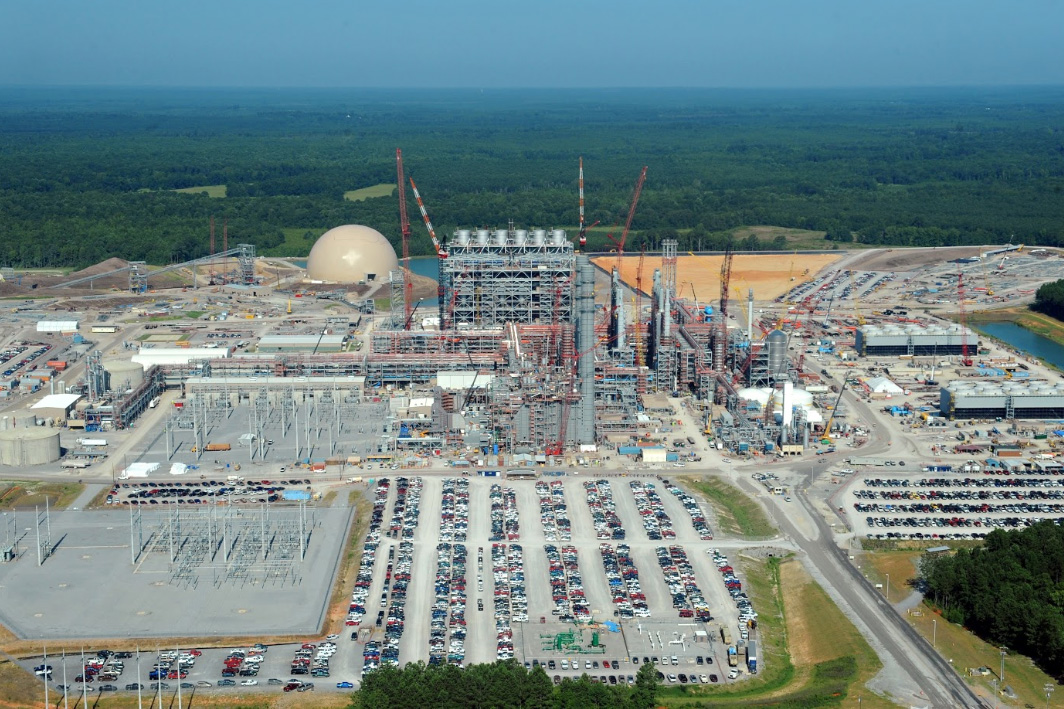Climate change isn’t just an abstract threat anymore. A recent study by the state of Pennsylvania found that temperatures in Pittsburgh and Philadelphia will soar by mid-century—increasing by a whopping 5 degrees.
Scientists say if we want to stop or slow down runaway climate change, we need to take action now. In large part, that means embracing a shift in how we produce energy. Coal is the biggest source of climate-altering carbon dioxide in the power sector, and the EPA recently unveiled its attempt to cut down on these emissions.
The Clean Power Plan seeks to cut CO₂ pollution by around 30 percent by 2030. But the new regulations still leave room for coal in the nation’s energy portfolio under certain conditions. Recently, our energy reporter
Reid Frazier spoke with Jay Apt, a professor of business and engineering at Carnegie Mellon University, to find out just what the future of coal looks like under the new rules. Here are some highlights from the interview.
On the future of coal under the Clean Power Plan
“The Clean Power Plan is very optimistic in a coal sense. It gives the coal operators the ability to say—Okay, I can build a coal plant that has half or a little bit less than half of the current CO₂ emissions. And we have a plant in Kemper [County], Mississippi that’s starting up this year and a plant in Saskatchewan that started up last year that are operating at those levels—or well below them in the case of the Saskatchewan plant. So, I can say, I’m going to go ahead and build plants like that and build them in enough quantity that the learning-by-doing will drive the costs down. And that’s envisioned by the Clean Power Plan.”
On research into “clean coal” technology
“It’s an amazing thing to me that in this country, our research on coal without the CO₂ has been at a very low level for a very long period of time. It’s in part because we haven’t taken climate change seriously. In general, the electric power industry invests less [in research] than the pet food industry as a percentage of sales. It’s a few tenths of 1 percent of their sales that they invest, whereas in high-tech or pharma[ceuticals], it’s of the order of 10 percent.
LISTEN: “Does coal have a future?”
Things are pretty static. People aren’t using a lot more power. And so investors don’t see a lot of upside in investment. So where has all the investment gone? It’s gone to natural gas. The reason why the coal-generation percentage has shrunk from say 50 percent to 40 percent for electric power isn’t because of wind. It isn’t because of the Clean Power Plan.
It’s not because of pollution regulations. It’s because of the competition from natural gas. Now, the pollution regulations, including the Clean Power Plan, will have an effect later in this decade. And when you talk to the folks in the industry, they’re quite comfortable with all the short-term regulations on cooling and the other conventional pollutants.
And some of them say we can certainly live with the Clean Power Plan, because the portfolio approach means that we can operate our coal plants as long as we have clean plants [like] nuclear—and in the early stages, natural gas plants—to average out the emissions of the coal plants.”
On where our energy will come from in 50 years
“Fifty years is a long time to look out into the future. But it’s pretty clear that, in that time, we’re not going to be running out of anything. We have a lot of natural gas. We have a lot of coal. We have quite a lot of petroleum. So in 50 years, it could look just like it looks now. If it does, there’s going to be a very different planet from a climate standpoint.
So I hope that what we’ll see in 50 years is a portfolio of low-pollution sources that includes wind, solar, nuclear and fossil fuels with pollution-capture devices. But I’m hoping that there will be other components of it. I’m hoping, for example, that we’ll see large-scale battery technology that will be able to smooth out some of the dips in wind and solar power, and that will facilitate their incorporation at scale.”



